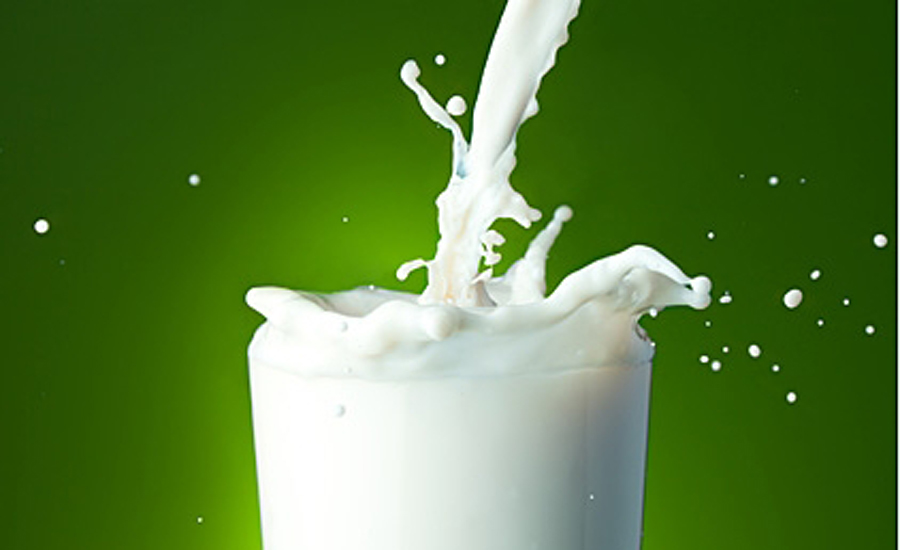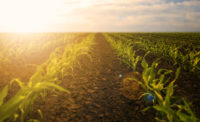U.S. dairy industry plays leading role to more resilient, sustainable food system

The Innovation Center for U.S. Dairy, Rosemont, Ill., presented its 2014 U.S. Dairy Sustainability Report, which outlines center-led research programs and activities and references specific actions being taken by more than 100 U.S. dairy farms, businesses and partnerships.
Through a shared commitment, U.S. dairy farmers, importers and businesses work together to provide consumers with nutritious dairy products. In 2014, partnerships, knowledge sharing and actions from farm to table to community addressed the complex interconnections among food production, nutrition, health, economics and the environment.
"Dairy's commitment underscores the vital role of milk and dairy foods within a global food system that supports healthy people and healthy communities," says Tom Gallagher, chief executive officer of the Innovation Center and Dairy Management Inc. "Today, the U.S. dairy industry is playing a leading role in building a sustainable food system, sharing our learning and experiences in a way that can be used by dairy farmers and others in agriculture around the world."
Dairy farmers in all 50 states are continuously innovating to meet the unique environmental and social challenges in their region. Since 1944, milk production has quadrupled, but the industry uses 90% less cropland, consumes 65% less water and emits 63% fewer greenhouse gases.
Highlights from the report include:
Continuous improvement in climate adaptation. The dairy industry is committed to employing climate adaption strategies and creating business value through a portfolio of greenhouse gas (GHG) reduction projects. For example, as part of federal efforts to increase climate adaption actions and reduce GHG emissions, the dairy industry voluntarily worked with U.S. Department of Agriculture, Environmental Protection Agency and the Department of Energy to develop the Biogas Opportunities Roadmap. Released in August 2014, the roadmap outlines voluntary strategies to reduce methane emissions and develop a robust biogas industry. Initiatives from the dairy industry have helped inform the roadmap, including the 2013 research that identifies a $3 billion market potential for anaerobic digester systems that co-digest dairy cow manure and food waste.
Dairy farmers, importers and businesses support their local communities and address hunger. Dairy's contributions extend well beyond the nutritional value and health benefits of milk and dairy foods and beverages. In 2014, the dairy industry continued its work with Chicago-based Feeding America to increase milk donations to local food banks nationwide. Through a collaborative effort, the Great American Milk Drive delivered 283,000 gallons of milk to hungry families across the country. Further, the dairy community is working to promote food recovery as an important approach for addressing hunger, safeguarding the environment and reducing costs.
Partnerships continue to help advance sustainability of the dairy industry. In 2014, the Innovation Center's partnership with World Wildlife Fund (WWF), Washington, D.C., helps promote widespread dairy industry adoption of innovative, environmentally sustainable solutions as well as incremental improvements in existing dairy practices and technologies. As part of the multi-year Sustainable Food for the 21st Century project, a white paper shares the insights of 52 thought leaders and experts about how to achieve a sustainable food production system by the year 2050.
Looking for a reprint of this article?
From high-res PDFs to custom plaques, order your copy today!




